
The recent sale of West Block has shone the spotlight on its illustrious past, including the surreptitious role its converted bomb shelter played as a critical communications hub between our allies in World War II.
However, the landmark Parliamentary Triangle building, which along with East Block were the first built to exclusively house Commonwealth public servants, holds a special place in the heart of Canberrans who worked there last century.
Take, for example, Barry Snelson of Calwell, who after a long career with the Commonwealth government, spanning several different departments, rates his time at West Block as "most definitely a career highlight". And Barry wasn't even officially working inside the building.
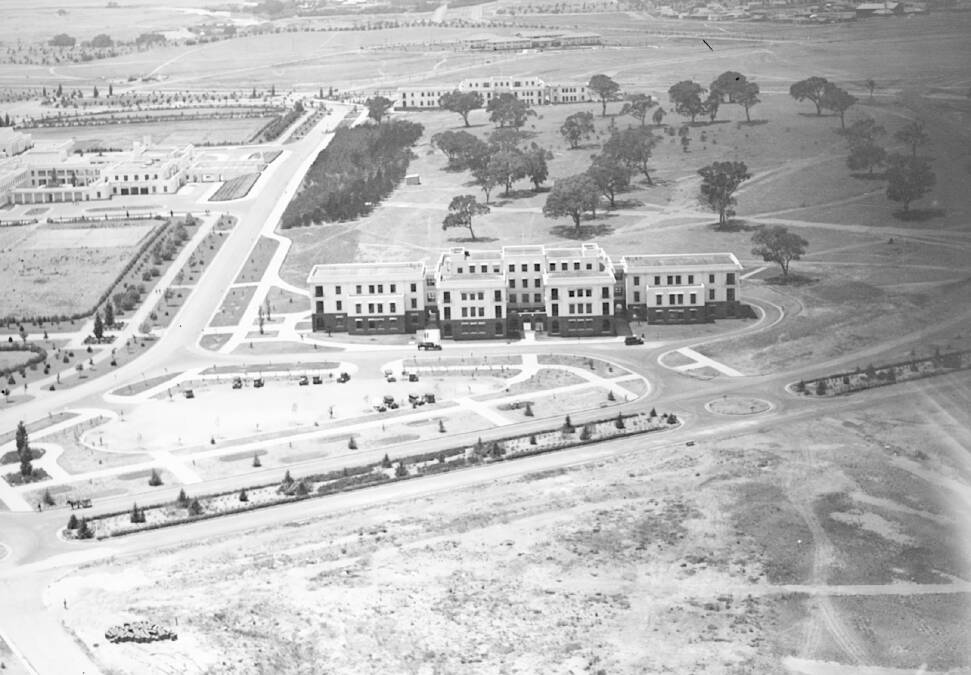
Barry was hired as a bus driver in the Transport Section of the Department of Interior (the part of the Commonwealth government responsible for the ACT prior to self-government) in January 1968 and shortly after was shortlisted in the dreaded role of "floater".
"A 'floater' was basically a spare driver," explains Barry. "When you arrived at the depot of a morning you wouldn't know if you'd spend the day driving the buses [or] the Comcars ... you'd end up wherever there were staff shortfalls."
On one of his first days as a floater, Barry was despatched as a Comcar driver to the Prime Minster's Department which was then based at West Block.
"Some blokes would only last a day on that job as it had a reputation for being so mundane," recalls Barry.

Earlier this week Barry invited me to where he and other Comcar drivers parked their cream Falcon stationwagons outside the building, adjacent to Commonwealth Avenue.
Over half a century on, his parking spot is still there, now hidden behind overgrown bushes and cyclone fences.
While other drivers "waited around all day twiddling their thumbs or tried their luck at the crosswords in The Canberra Times", Barry got busy.
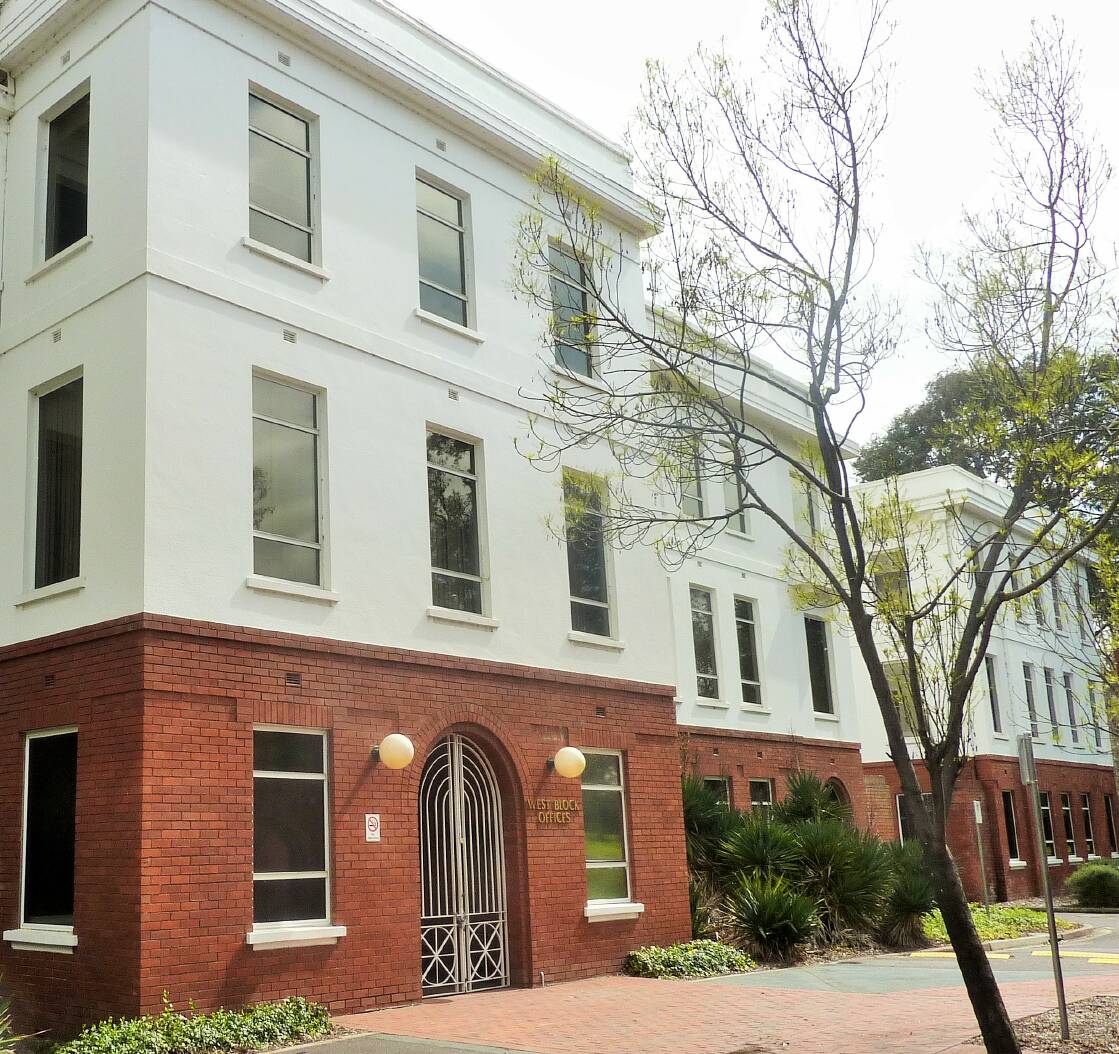
"I'd ask the staff working inside if they needed any help with carrying boxes or secure transport of documents, whether it was in my job description or not," he explains. "If it needed doing, then I'd do it".
Not used to the personalised service, the bureaucrats beavering away inside West Block quickly warmed to Barry who became "one of them".
"They'd invite me to morning tea, after-work drinks and it became a great little friendship circle," he recalls, adding "and unlike some other drivers I wasn't bored for one single minute."
Back at the Transport Depot HQ in Kingston, Barry's supervisors were perplexed that Barry continued to volunteer in the much-maligned role of West Block floater.
However, eventually Barry was moved on from his much-loved floater role to drive buses.
"Every time I drive past West Block, I think of those fun times," says Barry.
West Block is full of stories like Barry's. Did you work at West Block? If so, I'd love to hear from you.
Hats off to determined drivers
If you were to dredge Lake Burley Griffin, deep beneath layers of mud, discarded shopping trolleys and rotting carp you might find the remnants of hundreds of caps once worn by local bus drivers during the 1970s.
"Whether driving Comcars or buses, we had to wear a uniform of grey suit, shirt, blue tie, and cap with the Royal Crown on the front," reveals Barry Snelson, "and penalties were given if you were caught driving without your cap on."
In summer the caps were especially uncomfortable yet constant pleas by drivers to management "to get rid of them" fell on deaf ears.
"Then one day when driving over Commonwealth Avenue, a wind gust blew an unnamed driver's cap out the front door and into the lake," reports Barry, who explains "in those days the old buses had no air conditioning so in summer we drove around with the front door open."
Suddenly, there were many reported wind gusts on the bridge and many caps disappeared into the lake. According to Barry, "it wasn't uncommon to follow another bus and see a cap fly out the door of the bus in front".
"Not surprisingly, management was not impressed with these 'wind gusts' and tried several means of preventing the loss of caps, one being all buses must close doors when driving over bridges."
Finally sanity prevailed and a deal was struck between union and management where bus drivers could drive with their caps off. It was not long after this that bus drivers had a uniform change, dispensing with caps.
Train ride just the ticket
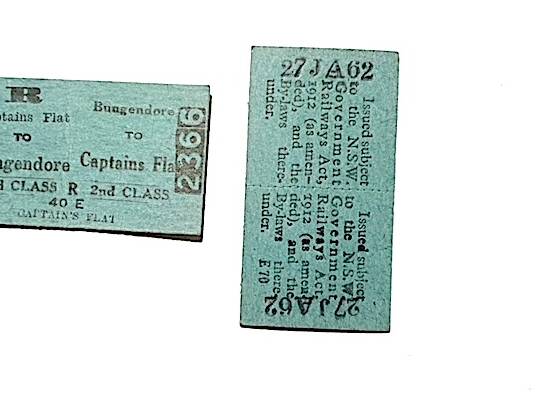
This column's recent exposé on the now disused Bungendore to Captains Flat railway line (Foxlow Bridge bombing a blast from the past, July 30) also struck a chord with Barry Snelson who recalls travelling along the line with a family friend on his 16th birthday in January 1962.
Barry especially loved steam trains and was bitterly disappointed his carriage was hauled by a rail motor rather than a steam engine. "Thankfully on our arrival at Captains Flat, I got to see a Garratt steam engine up close," recalls Barry.
While Barry has "sadly misplaced the photographs" of his birthday trip, he does still have the tickets. There can't be many other readers with Bungendore to Captains Flat railway tickets squirrelled away in their top drawer, can there?
West Block - an intriguing past

Originally named "Secretariat Block No.2" (and the National Library in the late 1920s), since it was built in 1926, many different government departments - including the Treasury and Attorney-Generals departments - have called it home. The building has been vacant since the last tenant, the Australian Electoral Commission, moved out in 2015.
It was designed by chief government architect John Smith Murdoch who wanted West Block (and East Block) to be symmetrically balanced and architecturally sympathetic with his other legacy - Old Parliament House (OPH). While officially recognised as "Inter-War Stripped Classical" design, Murdoch preferred to refer to it as "Modern Renaissance", a style highlighting classical proportions and symmetrical facades and lines rather than applied detail.
The underground network of Lamson tubes through which documents were once transported pneumatically between OPH and both the General Post Office (then located in East Block) and the Government Printing Office in Kingston was extended during World War II to link to West Block, then home to part of the Department of Defence.
A small building to the east of West Block partially built into the adjoining embankment was constructed as a bomb shelter in 1942. Towards the end of World War II, the "dugout", as it became known, was adapted to become a communications hub between various Allied powers. It even contained a typex machine for decoding and sending top-secret cables between John Curtin, Winston Churchill and Franklin Roosevelt - in a way I guess it was Australia's own miniature Bletchley Park. It's now used as an electricity sub-station.
As a nod to its past, Geocon, who purchased the building from the government in 2017 for $6.25 million, was planning to turn the dugout into a spy-themed bar. However, Oceana Property Partners who snapped up West Block from Geocon earlier this year (for a cool $24.5 million!) and are refurbishing it into modern office space, plan to keep it as a substation and storage area. I know which I 'd prefer.
WHERE IN CANBERRA?
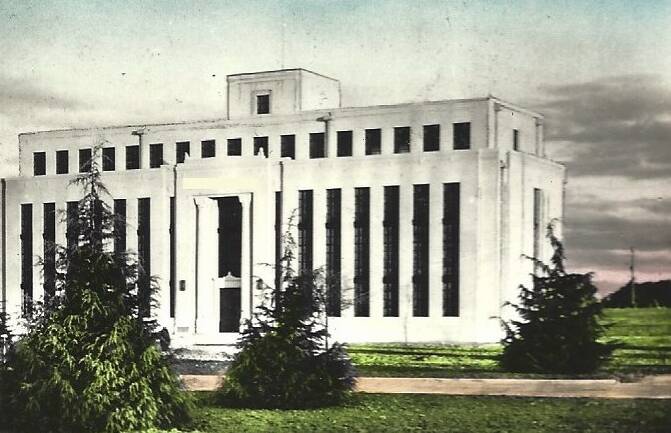
Rating: Medium - Hard
Clue: A national institution
How to enter: Email your guess along with your name and address to tym@iinet.net.au The first correct email sent after 10am, Saturday August 13, wins a double pass to Dendy, the Home of Quality Cinema.

Last week: Congratulations to Simon Cowling of Farrer who beat a rush of other readers - including Jeremy Wainwright of O'Connor and Peter Semczuk of Florey - to be first to correctly identify last week's photo as the Yass Town railway station. The photo was sent in by historic railway aficionado John Davenport who reports "the 4.3km branch line from Yass Junction railway station was initially built as a 'steam tramway'." The line had standard tramway features such as a ground-level platform and several tramway-style halts along Dutton Street for passenger use.
When in 1917 the line converted to a conventional railway branch line, a tiny, raised railway platform, thought to be the shortest in Australia, was added to allow passengers to access traditional train carriages.

Passenger services to Yass Town ceased in 1958 and the line was closed to goods traffic in 1988. Before its closure the Canberra Railway Historical Society operated a rail motor excursion on the line which is when John took this photo. The station building is now the Yass Railway Museum (6 Crago Street, open 10am-4pm).
DID YOU KNOW?
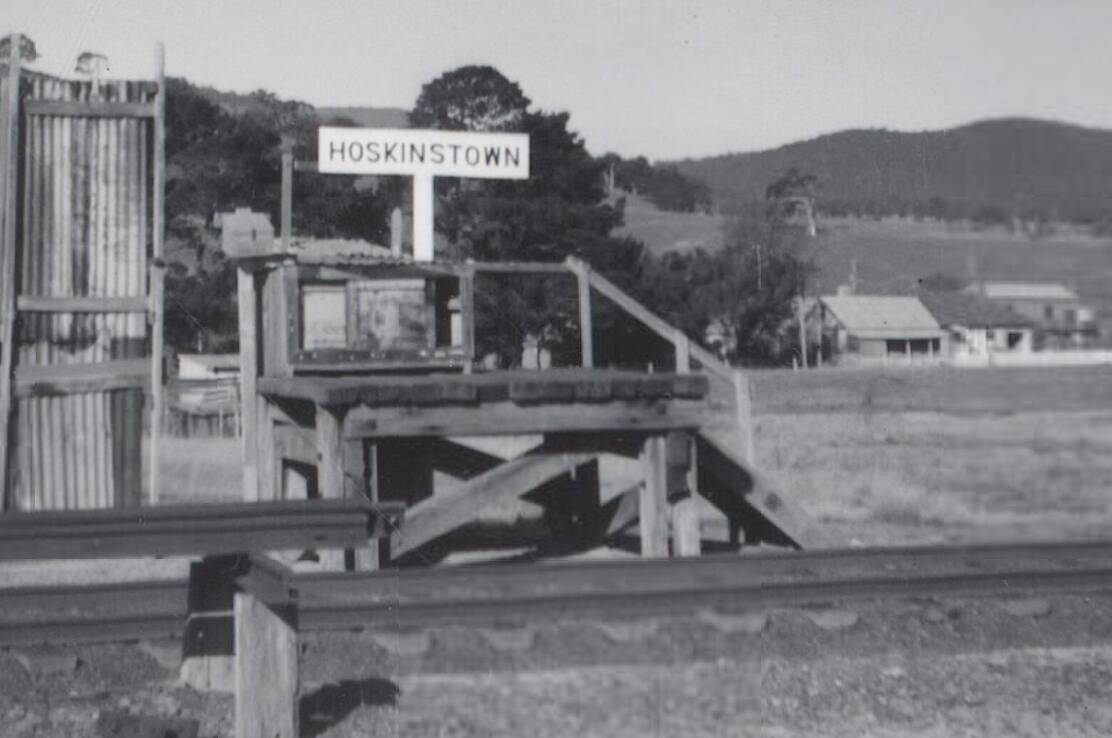
Another contender for Australia's most diminutive railway platform stood at Hoskinstown on the now disused branch railway to Captains Flat. "It was only a bit longer than the Yass Town platform," reports John Davenport, who donated this 1970 photo of the since demolished platform to the National Library of Australia.
CONTACT TIM: Email: tym@iinet.net.au or Twitter: @TimYowie or write c/- The Canberra Times, GPO Box 606, Civic, ACT, 2601
We've made it a whole lot easier for you to have your say. Our new comment platform requires only one log-in to access articles and to join the discussion on The Canberra Times website. Find out how to register so you can enjoy civil, friendly and engaging discussions. See our moderation policy here.







